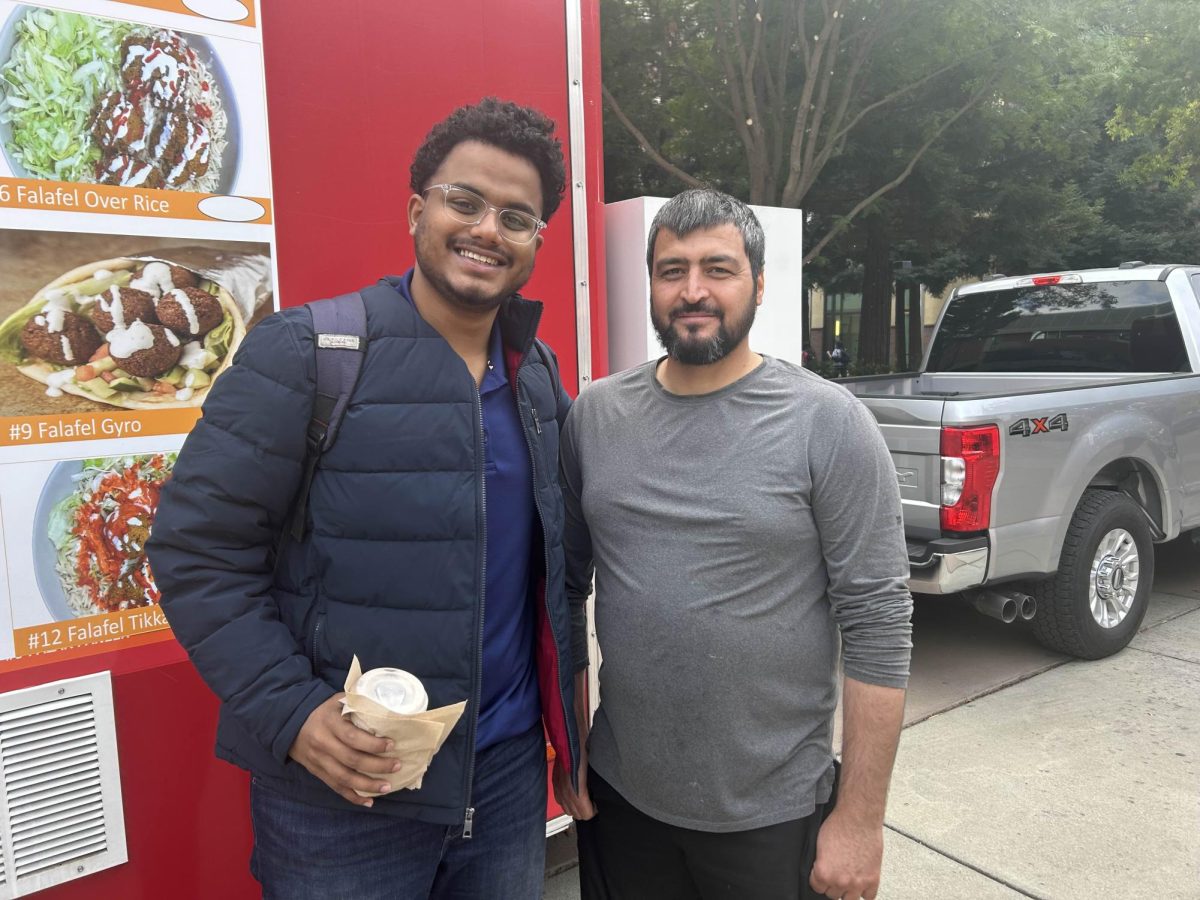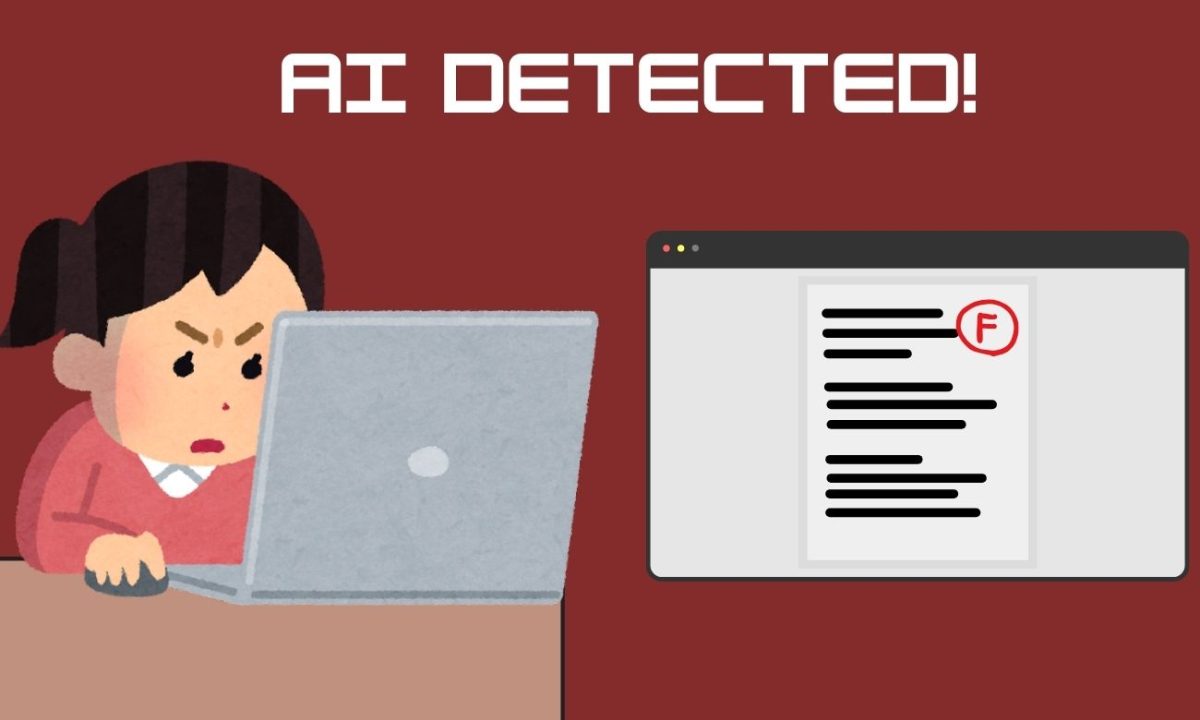I know how difficult it is to complete 140 units in just four years, but there are many ways to get it done. Taking classes over summer or winter breaks seems to be a popular choice. Getting an internship also helps.
And as of this year, there’s another way to obtain those units: taking classes at other California State Universities.
No, that doesn’t mean students have to switch colleges or drive several hours. The California State University system recently introduced the Intrasystem Concurrent Enrollment program, which allows CSU students to take online courses at other CSUs and get credit for them. For instance, if a Chico State student wanted to avoid a crammed American politics class at our campus, they could take the same course online through San Francisco State, propelling themselves three units closer to graduation.
I think this could be beneficial to students who are uncertain about their graduation status. For students who have trouble scheduling the classes they want or fall short of the units they need, this program provides a wider range of options.
Trying to balance major, minor and pathway courses proved to be somewhat of a challenge for me, and I wish I had other alternatives to sacrificing my summer for an online course.
That’s where this new program could have helped me. It might have added more to my workload, but it would have been worth it to gain the units I needed and leave more room on my schedule for future semesters.
However, there are a few details that complicate this new system. For one, not all majors are represented. Looking at the program’s website for Chico State, I couldn’t find any journalism classes offered, and the only political science classes I found were lower division, which wouldn’t count for my minor. That excludes me from using the program.
Also, freshmen and first-time transfer students aren’t allowed to enroll in any of these classes until they earn at least 12 units at their own university.
Most importantly, students have to follow the policies of the other colleges they enroll in. That means they have to be aware of the deadlines to enroll in classes at other universities, which may be at completely different dates than those at their own colleges. These are all things that the program could improve on in the future.
It’s too early to tell how successful this program will be in helping students graduate, but I appreciate what it’s trying to accomplish. Scheduling classes shouldn’t be as difficult as it is, but having alternative methods to gain units should make it easier. Students who have units they can fulfill through the program should be aware and make use of it. This could change schedules for the better as more students learn about it.
Nick Sestanovich can be reached at [email protected] or @Nsestanovich on Twitter.









